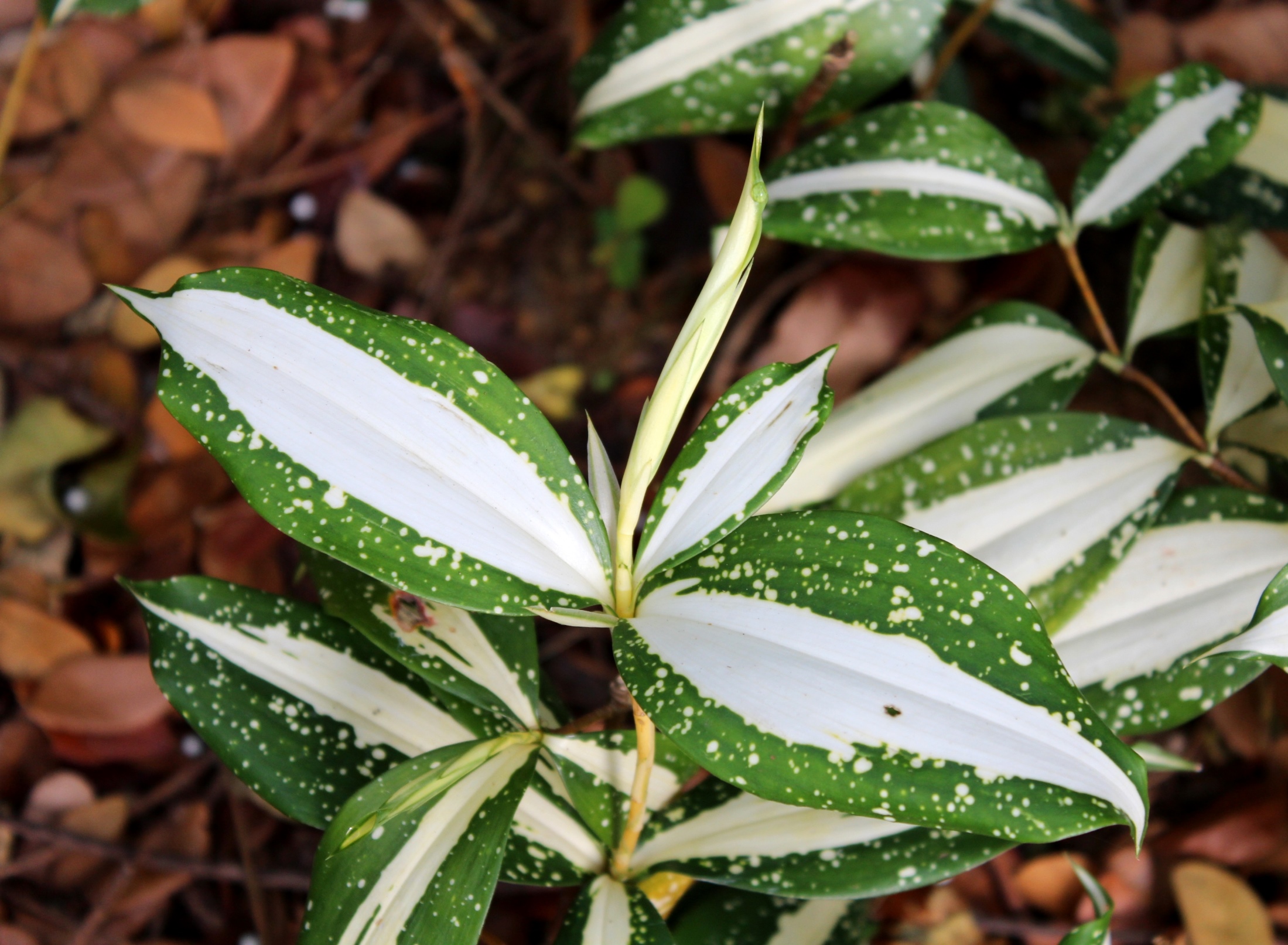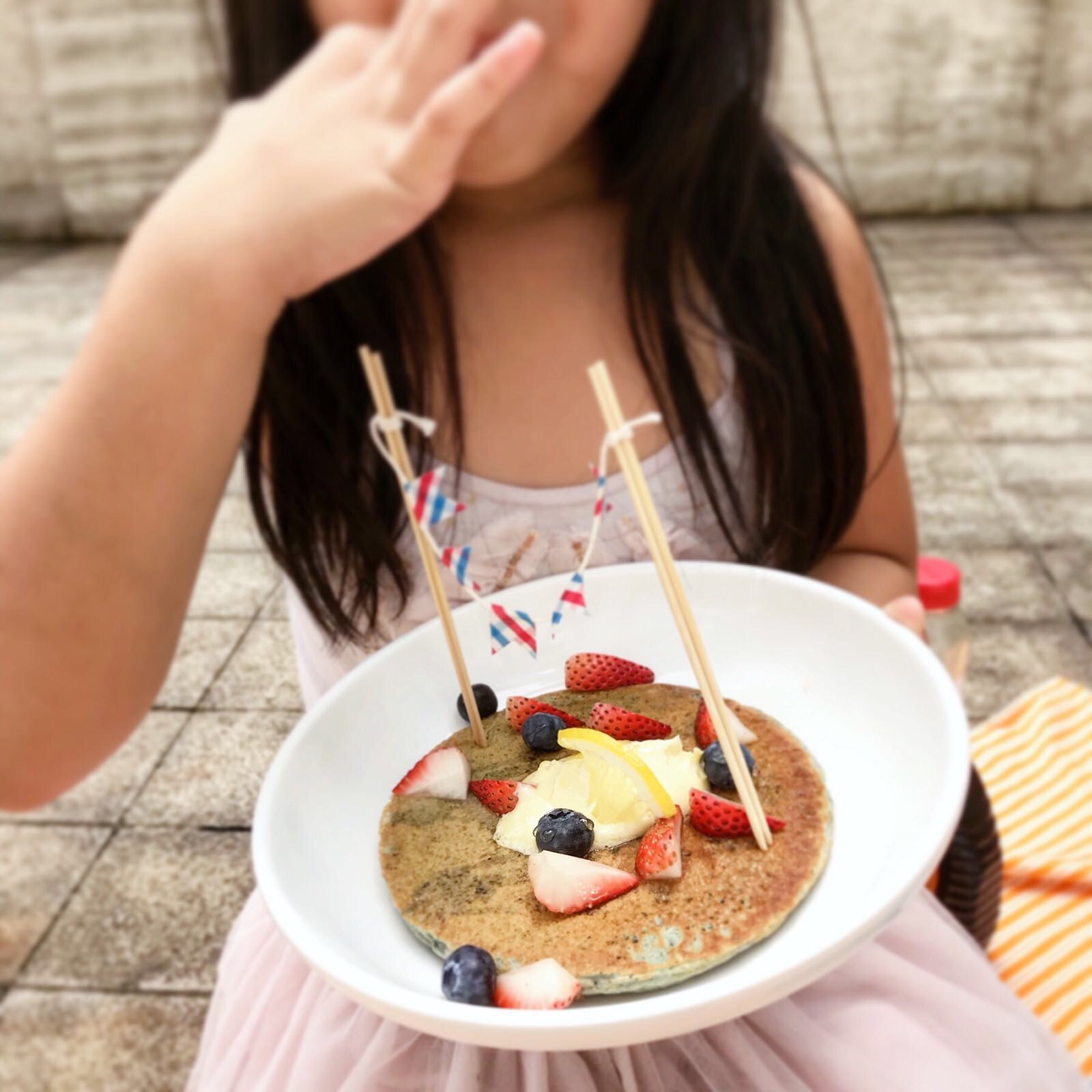The Buzz In ‘Bee-utiful’ Community Gardens
Community gardens are blossoming across Singapore, and an early morning visit to one of them is always a treat for the senses. Dew drops on leaves glisten in the morning light, the rich earthy smell of soil fills the nose, and in the ears, an unmistakable sound lovingly described by renowned writer, Elizabeth Lawrence, as “the voice of the garden”: the buzzing of bees.
More Bees in our Community Gardens
Recent news reports have indicated declines in bee populations worldwide. This has been attributed to increasing habitat loss, pesticide use and monoculture farming.
But it is heartening to know that our community gardens are providing refuge for bees within our City in a Garden. Multiple surveys conducted over the past year have shown that over 15 species of native bees frequent our community gardens for food. Among them are carpenter bees (genus Xylocopa and Ceratina), pearly-banded bees (genus Nomia), stingless bees (Tribe Meliponini), sweat bees (genus Lasioglossum) and honey bees (genus Apis).
These are consistent with previous findings from a survey conducted in 2012 by NParks. The survey, which spanned seven months, found surprisingly rich bee diversity in Singapore, with 50 bee species recorded across different parks, including six rare species which may have been recorded for the first time here.
Better Yield of Fruits and Vegetables
Bees play an essential role in both ecology and agriculture. In Singapore’s parks and gardens, a significant proportion of plants are pollinated by bees, enabling them to reproduce and provide food for numerous other organisms. In agriculture, bees are in fact the world’s most important pollinators. A wide range of edible fruit crops rely on bee pollination, including local favourites such as brinjals and pumpkins, which can be grown in Singapore.

Asian Honeybees (Apis cerana) visiting a sunflower.
In addition, research studies conducted abroad have shown that more wild bees visiting flowers often result in marked increases in the yield of fruits. Some studies have also found a positive relationship between bee pollination and the quality of fruits produced. It is expected that bees likely have the same effect on locally grown fruits as well.

A pearly-banded bee (Nomia strigata) pollinating a brinjal plant.

A Wide-footed Carpenter Bee (Xylocopa latipes) visiting a luffa flower.
Welcoming the Bees
How then can community gardeners make their gardens more welcoming for bees?
Simply reduce the use of chemical pesticides and plant more varieties of flowering plants for them to have a reliable supply of food resources.
With more gardening enthusiasts chipping in to make Singapore a more liveable place for bees, it is likely that the buzzing of our little garden friends will continue to sound for a long time to come.

Pearly-banded bees make their nest in soil and sometimes in flower pots too!
Three Major Misconceptions About Bees
- All bees are black and yellow
Many bees are in fact colourful, sporting colours colours such as green, red and even blue. - All bees live in colonies
Colonial bees, which work together in hives, are the minority. Actually, the majority of the ~120 species of bees found in Singapore lead largely solitary lives. - All bees are dangerous
Globally, 99% of all bee species are harmless, preferring to flee when they are disturbed. Only honey bees are aggressive, and even then, are only so when their nest is threatened.
Interested to learn more about bees? Check out our video below!
Also check out our Biodiversity web page here to find out more about other interesting flora and fauna species that make Singapore their home.
Text by Zestin Soh and video by Wong Yeang Cherng





Have views or comments on this article? Let us know via this form. If you would like to give us feedback on any other areas relating to our parks and gardens, please submit via https://www.nparks.gov.sg/feedback